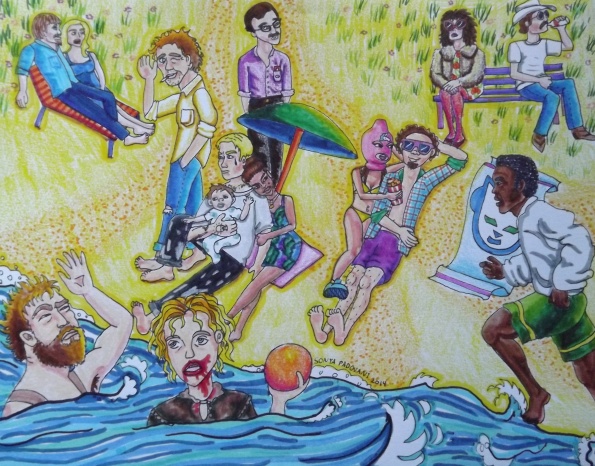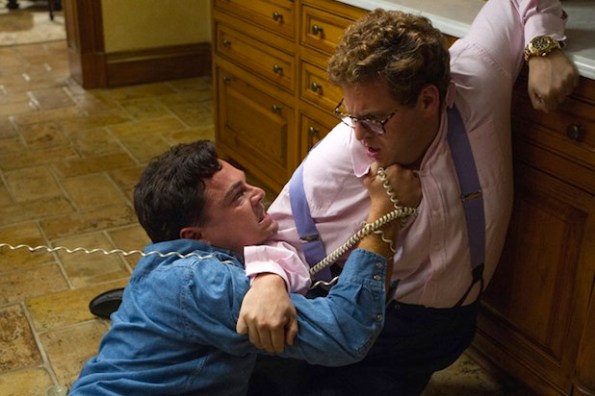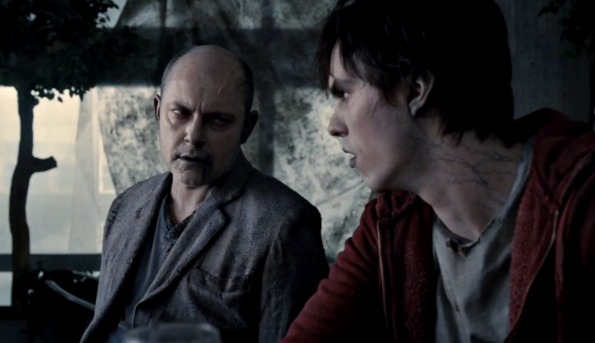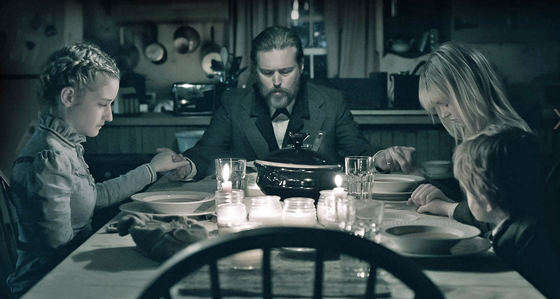Archive
Blue Is the Warmest Colour
Palme d’Or winner Blue Is the Warmest Colour is an intellectual work about observing and defining sexuality. It’s a raw look allowing the viewer to be in clear view of everything, but by no means presents itself as indecent.
In fact, those graphic scenes of sexual content that seem to be flooding the media surrounding Blue Is the Warmest Colour with controversy are represented this way because there is no other way to shoot them showing the euphoric belongingness our rattled lead portrays while entangled in her partner’s embrace.
Abdellatif Kechiche’s sprawling three-hour epic captures the growth of high school student Adèle (played with bravery by Adèle Exarchopoulos) as she discovers herself and alternatives around her, guiding her through early adulthood.
There is not a switch of performers as Adèle matures. Exarchopoulos – proving herself to be quite the incredible actress – disappears within this role that causes her to take numerous risks both physically and emotionally. It’s been mistakingly considered an understated performance because of Exarchopoulos’ newcomer status and how natural each mannerism and motivation elapses, but her entrancing ability to expand on Adèle’s curiosity and lust is nothing short of phenomenal.
There’s a powerful scene that speaks clearly about how periodically epiphanic Blue Is the Warmest Colour becomes both to the audience and to the film’s leading lady. It follows a break up that’s heartbreaking for other reasons. Adèle realizes that what she was meant to believe through her youth is resisting against her preferences. She’s broken up because she feels broken herself.
Adèle meets up with a playful new friend named Emma (played with equal wonder by Léa Seydoux). Emma is generally seen as a short haired queer tomboy contrasting with Adèle’s demure. The two are pulled towards each other and – soon enough – become very close.
Abdellatif Kechiche doesn’t introduce the film’s gay community as an underground mystery. We see copious same sex couples making out, but the lifestyle isn’t shown as despairing or dangerous. The filmmaker has done a great job at showing that everyone – no matter which gender you prefer – is the same. It makes a statement about equality without having to stop the film to spell it out.
Blue Is the Warmest Colour has also been touted around the globe as Adèle: Chapters 1 & 2. It’s best to look at the movie in three parts: the conception, the romance, and the feeling of being abandoned for long spells.
While Kechiche does an absolutely brilliant job at displaying authentic bubbling love offering audiences perspectives that tread across uncharted waters, the final leg feels mellow when compared to the previous gutsy levels the filmmaker hits.
When Emma and Adèle are hitting rough patches, Blue Is the Warmest Colour hastily grasps for conflict. It’s been such a patient ride up to these moments of frustration; and, this final act feels like a rootless departure from its crafted continuity. However, it is a pleasure seeing Adèle become a woman and steadily build her career.
The final haul is not as arresting as the film’s validity during Adèle and Emma’s early years, but the ambition and skill Abdellatif Kechiche is able to resonate through the meaty timeline makes Blue Is the Warmest Colour damn near perfect.















